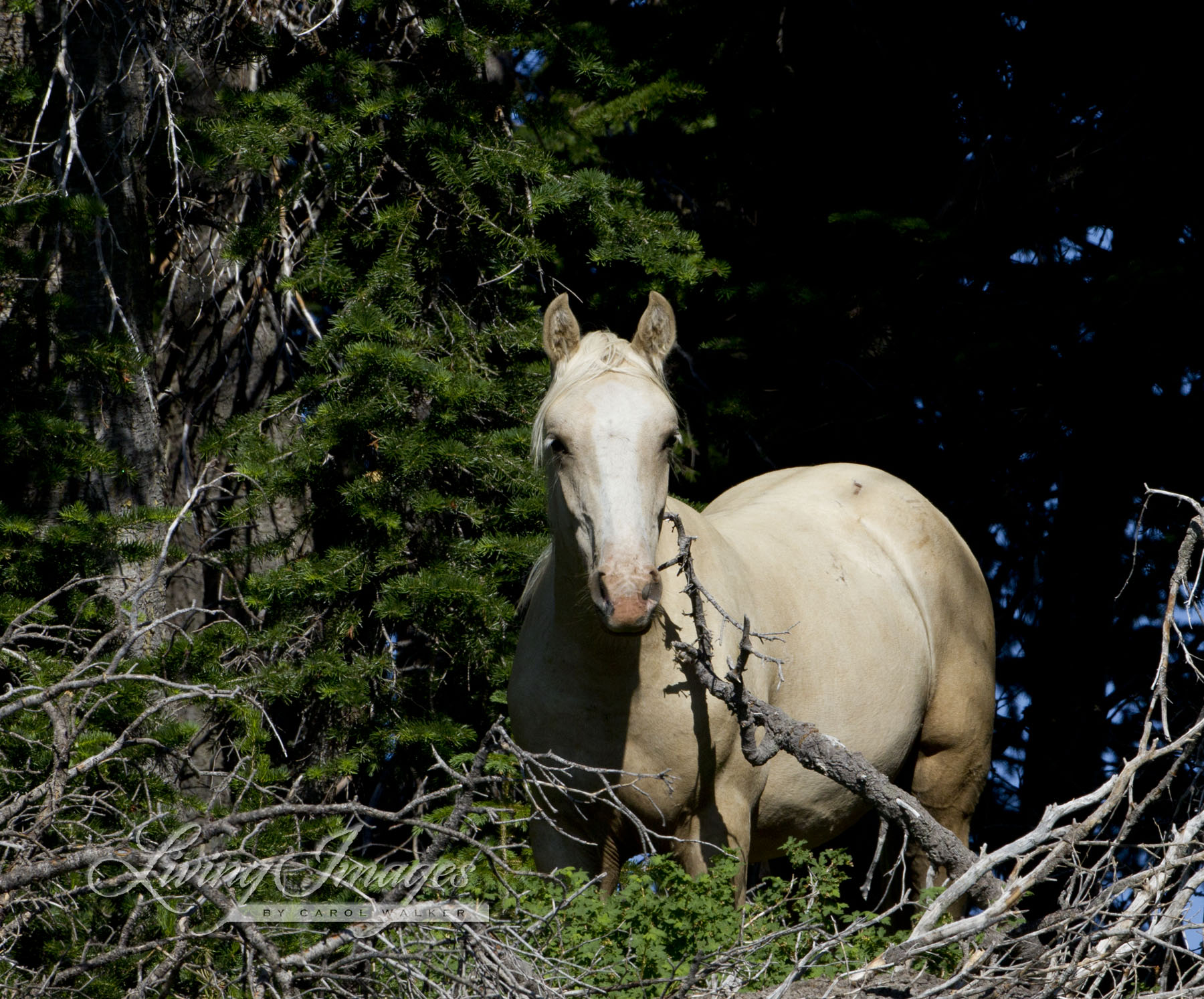

How do stallions know which foals are their own? And one of these instincts is to kill young foals – especially males – that are probably not their own, if the opportunity arises. Caring for his rivals’ sons simply means he is spending time and energy protecting colts that do not carry his genes.Īs a result, stallions have evolved strategies to safeguard against raising other stallions’ offspring. Whereas unrelated female foals will mature in just a few months and have the potential to become a productive part of his harem of mares.Ī stallion who accidentally cares for a different stallion’s offspring will not raise his own as successfully, so the genes that made him so generous will die with him. And this is especially true for unrelated male foals: one day they will become his competitors. And as colts grow up, they become direct competition for mates as well.Īll this means that it is very important for a stallion to be sure that any offspring he raises are actually related to him. Since he stays close to his mares and offspring, he also is in direct competition with them for food – and they with each other. And this is time he could be spending mating or doing things that will keep him strong and healthy (like eating) so he remains the herd stallion and can produce more offspring. For example, a stallion has to spend time guarding his mares from other males or potential threats. Unlike the mother, who carries and gives birth to her offspring, for the father things aren’t as clear-cut! This matters because males that provide some degree of parental care to their offspring do so at cost to themselves.

However a stallion can never be certain that he is the father of a given foal. Over many generations, this means the genes present in the horse population favour stallions that produce lots of offspring that go on to produce their own offspring and so on. And a stallion who successfully produces offspring will pass on genes that help the next generation do the same. If a stallion manages to breed, it is because he possesses a set of genes that give him advantages over other stallions when it comes to breeding. (For a quick refresher on evolutionary theory, check out our Introduction to Evolution.) Remember that genes are not only involved in deciding what we look like, but our personalities and how we behave as well! Of course other things also play a part in determining how we end up, but to some extent, offspring inherit aspects of all these things from their parents. We know that reproduction is very important for evolution: if a horse does not reproduce, he or she will not pass on the genes that made them who they are.

So can we use this to explain why stallions attack foals? The best way to understand phenomena such as this is to look at the evolutionary consequences of the behaviour and why it might be advantageous. It is much too common across species to be explained away as an oddity – it seems to actually have some function.

The first thing to appreciate is that this behaviour is not simply some strange quirk, or something carried out by particularly abnormal or crazed males. Similar behaviours are found in mice, prairie dogs, sea lions, meerkats, lemurs, bears, bats, martens, marmots, squirrels, hares… The list goes on. Other well-documented examples include lions and langur monkeys. Similar behaviours have also been observed in zebras, which are of course closely related to horses. Though it may seem strange to us, infanticide by males is actually fairly commonplace among different animal species.


 0 kommentar(er)
0 kommentar(er)
